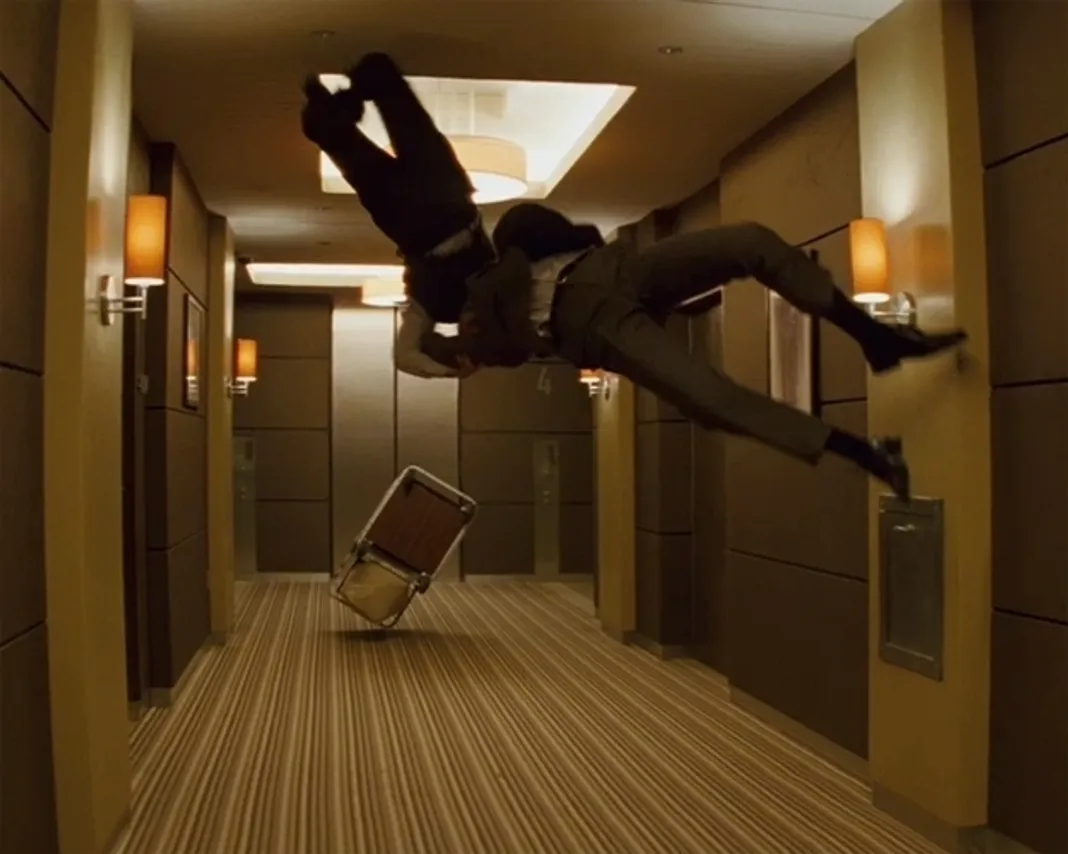
As you’ve no doubt heard by now, this year’s Oscar nominees have been announced. If you’re a sci-fi fan, however, there’s really only one category in which our genre tends to appear: Visual Effects. (It’s rare that a sci-fi film gets eight nominations, so Inception is definitely an exception to the rule.) Funnily enough, having a category almost exclusively to ourselves doesn’t help any, because even then the Academy manages to screw the pooch and throw out nominations like its members were tossing darts. I mean, was the tidal wave in Hereafter really a better effect than anything in Tron: Legacy? And I didn’t even like Tron: Legacy…
But instead of doing the usual moaning and groaning about why something should or shouldn’t have been nominated, I’m going to take a more direct tact and simply offer up the five best visual-effects sequences of 2010 — or: five visual-effects sequences better than anything in Hereafter.
I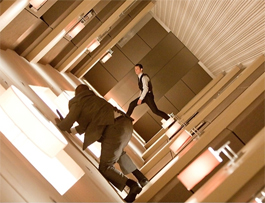 nception: The Hallway Sequence
nception: The Hallway Sequence
Let’s just get the year’s most obvious choice out of the way. I say that not to belittle how much effort was put into just a single special effect, but because it’s a scene that’s already been talked about and dissected on end. And there’s a very good reason that’s the case: because it’s such an awe-inspiring bit of cinematic ingenuity that it commands attention.
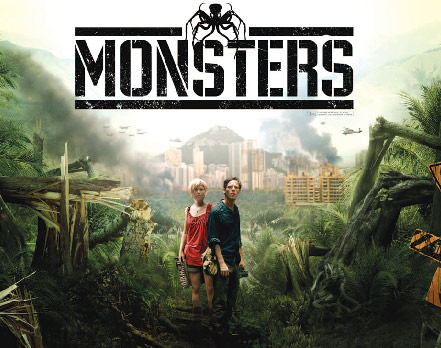 Monsters – The Gas-Station Scene
Monsters – The Gas-Station Scene
It’s one of the final scenes of the film, so I’ll simply refer to the most beautifully crafted sequence in Gareth Edwards’ Monsters as “The Gas Station Scene” for those who have yet to see it. And don’t think for a second that me considering it one of the best visual effects of 2010 is me grading on a curve simply because Monsters was an amateur, low-budget Indie. Regardless of budget and completely independent of production background, it’s simply an unforgettable, wholly convincing sequence that perfectly marries f/x with the heart of the story.
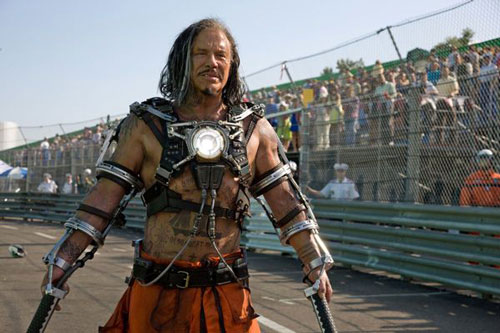 Iron Man 2 – Whiplash’s Arrival
Iron Man 2 – Whiplash’s Arrival
Jon Favreau may be favoring CGI more and more these days, but so long as he maintains his love for practical effects, that won’t be a problem. Even when he leans heavily on his digital department, he still gives them a hefty bit of real-world foundation to play with, and the results are always top-notch, as evidenced by Whiplash’s brutish yet surgical dissection of several high-speed race cars. The level of detail put into taking apart those cars and exposing their red-hot infrastructure is just plain cool.
 The Social Network – The Winklevii
The Social Network – The Winklevii
Yes, one of the five best visual effects of the year can be found in a drama about the founder of Facebook. Of course, that’s not surprising considering David Fincher was the man calling the shots. All the same, unless someone tells you or you happen to pay attention to the credits, you’re simply not going to realize that Cameron and Tyler Winklevoss are both played by the same actor, Armie Hammer. It’s a subtle effect achieved through a variety of tricks both old and new (body doubles, clever camera angles, digital face replacement), but it’s an absolutely seamless one, and for that reason alone it deserves to be on here.
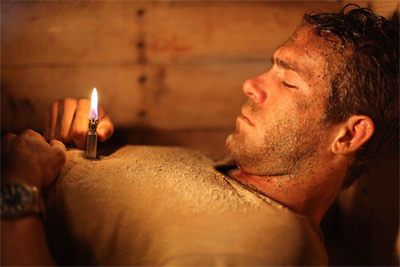 Buried – The 360 Degree Spin
Buried – The 360 Degree Spin
For someone who wasn’t all that hot on Buried right after seeing it, I’m certainly surprised at how much consideration I’ve personally given it when reflecting back on 2010. But even if you’ve got problems with the script, it’s hard to complain about Rodrigo Cortes’ direction. It’s tough enough to make movies whose settings jet all over the globe visually interesting for 90 minutes, which is why it seems a miracle that Cortes could set a movie entirely within a coffin and still find ways to keep things fresh and exciting. The way he pulls it off is simple, really: He treats the coffin like it is a globe, like it’s a new world ready to be explored from every angle possible. And the apex of his visual exploration is a 360-degree shot in which the camera orbits completely around Ryan Reynolds without any cuts.
It seems like such a simple shot, and you may not even notice it when it happens, but to remove and replace all of the walls in complete synchronicity with Reynolds’ body movement and performance requires a choreographed harmony across a variety of behind-the-scenes departments that I can’t help but tip my hat to. It may not be a visual effect in the bold sense that most people think of when they hear those words, but that doesn’t stop it from being one — and a brilliant one at that.


